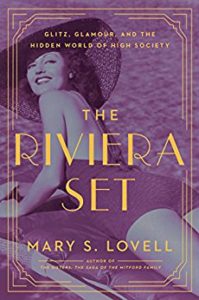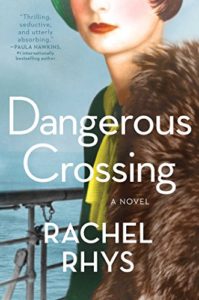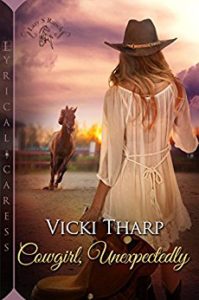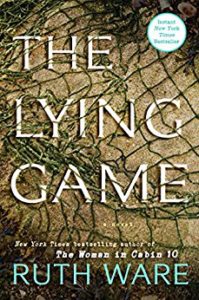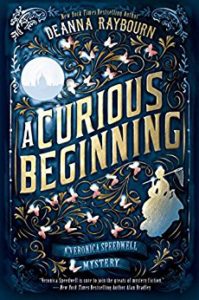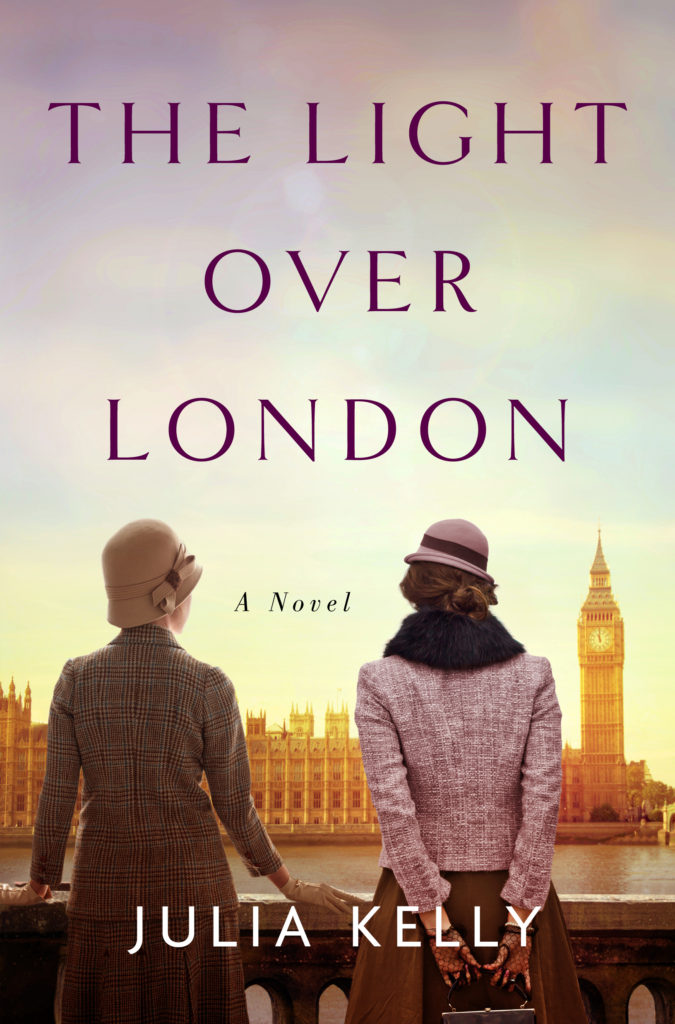In researching my upcoming release, The Light Over London, I was continually amazed at the many—often unsung—ways women contributed to the war effort in Britain during World War II. The Lightseekers is an ongoing series of articles that highlights some of their work and the ways they brought light to Britain in one of its darkest times.
The London Blitz saw 56 out of 57 days of German attacks on the capital city, claiming an estimated 17,500 lives. People learned to shelter in basements, purpose-built spaces, church basements, and Underground stations. But every night, at least one group was out on the streets.
The air raid wardens in London, Newcastle, Liverpool, Glasgow, and all over the United Kingdom, were responsible for both keeping the British public safe and acting as first responders. Most were civilian volunteers who also worked a day job, although there were some full-time air raid wardens. But most of all, their jobs were incredibly dangerous and important.
Air raid wardens were covered by the Air Raid Precautions (later the Civil Defence). Their ranks were varied. Some of the men were World War I veterans who were unable to fight or were deemed too old. About one in every six warden was a woman.
Elaine Kidwell, who served as an air raid warden in Swansea, told Wales Online in 2009, “We were a family of volunteers so I joined up as a civil defence messenger and when I was 17 years and two months old I asked to be an air raid warden even though you had to be 18. The man in charge could see I was young and when I told him my true age he said ‘In war we bend rules’. So I was in.”
Each warden had a post which covered a certain area and certain sectors within that area. At the start of the war, with no major German air attacks, they were tasked with registering everyone in their sector. They also made sure everyone “did the blackout”, which meant blocking out all visible light in a home either through blackout curtains or by turning off all lights after dark. The wardens were easy to spot with the bright white W painted on the tin helmet they were issued, but they weren't always welcome in those early months. Some saw them as busybodies or pests who demanded to know why a family's blackout wasn't up to scratch.
When the London Blitz started on September 7, 1940, all that changed. When the air raid sirens would sound, everyone else was meant to shelter. The wardens, however, helped people into shelters, touring their sectors to make sure that no one was out and in danger. That exposed them to the possibility of being hit themselves, either by a bomb, falling bricks, shrapnel, or other debris.
Kidwell recalled a close encounter while on one of her shifts: “I suddenly saw a parachute mine drift down a few yards away and it went off, blowing me backwards until I hit a wall. Amazingly, I was alright so I dusted my jacket down and applied my lipstick. My lipstick was like my armour so I felt safer."
All-in War Worker- Everyday Life For Mrs M Hasler, Barnes, Surrey, 1942, courtesy of the Imperial War Museum
At sixteen, Dorothy Lee volunteered to become a part-time warden like her father. In an interview with the website Memories of War, she recounted her what it was like to be out on the streets when the bombs were falling, saying, "I don’t think I was ever that scared. But then again maybe because you’re young."
If a bomb were to fall in a sector, a warden was often the first on the scene—long before the fire brigade, police, or ambulances arrived.
"You all have something you must do," said Lee. "You’re not running around which—you had to be orderly and do these things and I think that kept me sane in as much as I was panicking that day."
The wardens performed what first-aid they could and put out smaller fires. When a building collapsed, they might be one of the people digging survivors out. It was just as possible that they would find they were too late.
At the end of a shift, when the all clear sounded, wardens would submit information on bomb strikes in their sectors including the size of the damage. Then they would go back to their normal day jobs until their next shift.
"It’s amazing what you can endure if you’ve got a job and you stick to it," said Kidwell.
Read every story of the The Lightseekers in the series archive. You can also learn more about their stories by following the hashtag #TheLightseekers on Instagram, Facebook, Twitter, and Pinterest.




















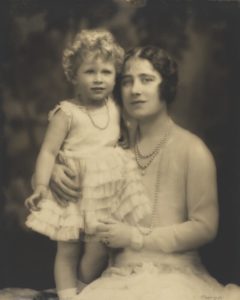
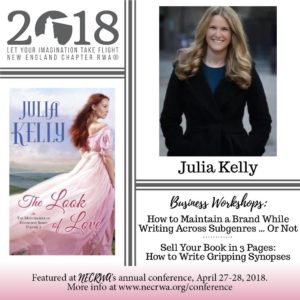 A quick note for those readers in the Boston area: I'm coming to you guys! I'm going to be teaching a couple workshops at the
A quick note for those readers in the Boston area: I'm coming to you guys! I'm going to be teaching a couple workshops at the 